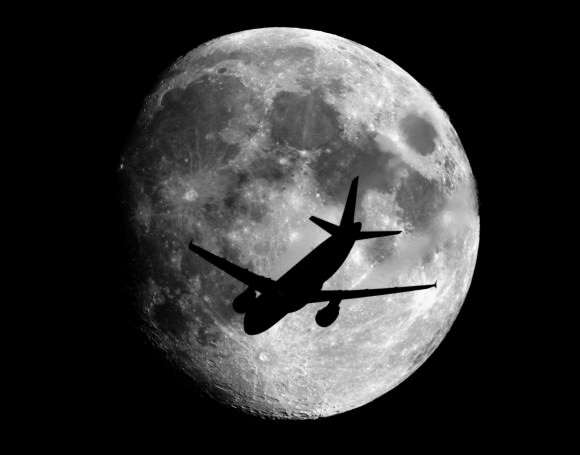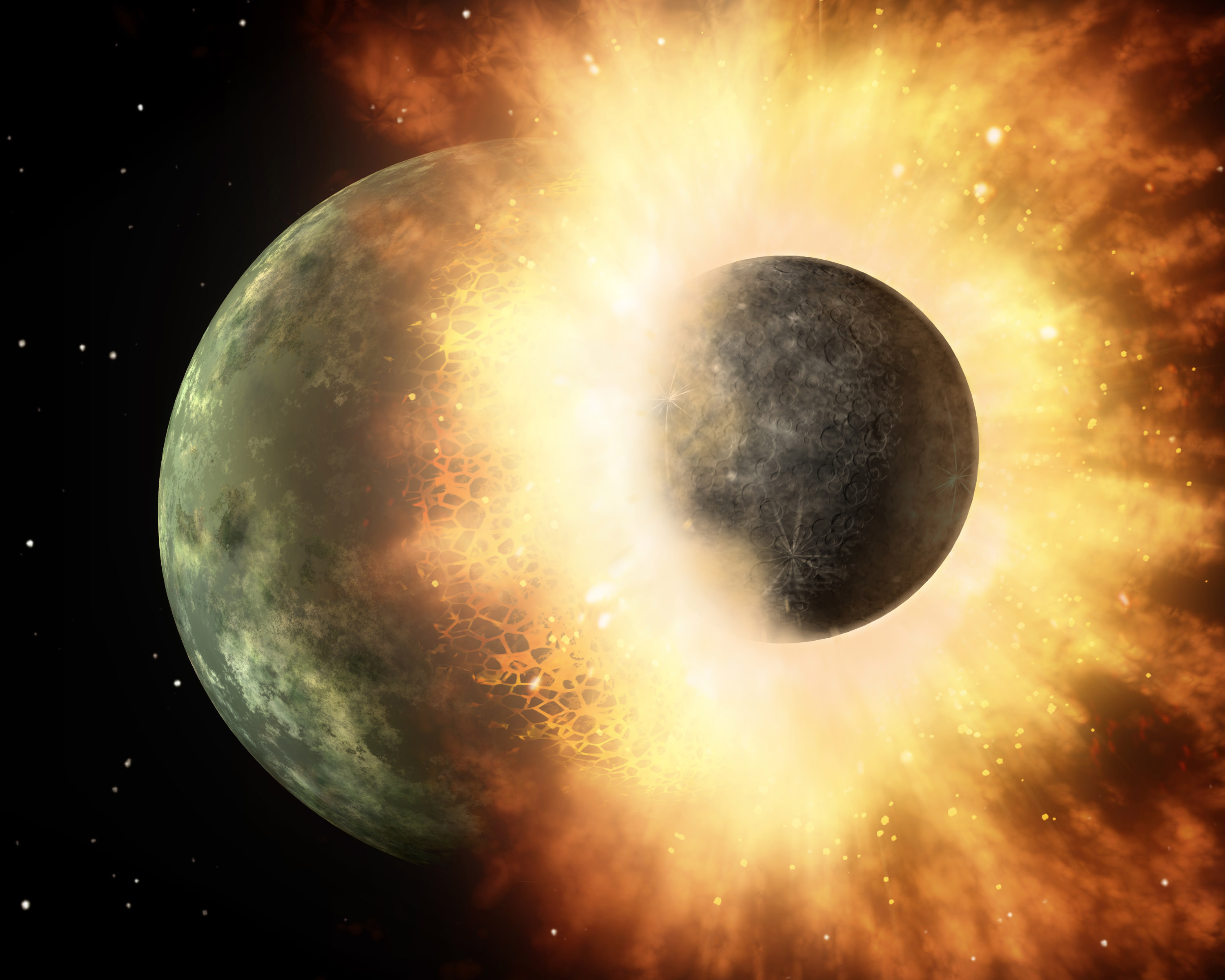Billions of years ago, so the theory goes, a Mars-sized body (sometimes called “Theia”) smashed into our young planet and caused a near-catastrophe. Earth fortunately survived the risk of blowing apart, and the fragments from the crash gradually coalesced into the Moon that we see today.
Even though this happened a heck of a long time ago, scientists believe they have found traces of Theia in lunar rocks pulled from the Apollo missions.
The isotopes or types of oxygen revealed in the new research appear to be different between the Earth and the Moon. And that’s important, because it implies that a body of different composition caused the changes. “If the Moon formed predominantly from the fragments of Theia, as predicted by most numerical models, the Earth and Moon should differ,” the study states.

Scientists scanned samples from the Apollo 11, 12 and 16 missions with scanning electron microscopes that are more powerful than what was available in the 1960s and 1970s, when scientists first looked at these samples from the manned moon missions.
Before, the “resolution” of these microscopes couldn’t find any significant differences, but the new data reveals the moon rocks have 12 parts per million more oxygen-17 than the Earth rocks.
“The differences are small and difficult to detect, but they are there,” stated lead researcher Daniel Herwartz, who was formerly with the University of Gottingen and is now with the University of Cologne. “This means two things; firstly we can now be reasonably sure that the giant collision took place. Secondly, it gives us an idea of the geochemistry of Theia.”
The work was published in Science and will also be presented at the Goldschmidt geochemistry conference in California on June 11.


The artist’s drawing is wrong. Theia impacted the primordial Earth at a much shallower angle, more like a gigantic bowling ball ploughing a trench across Earth’s semi-molten surface, with material splashing up and away on the sides. The planetary core and part of the mass continued into space to orbit the Earth, and the material from the planet and Earth’s surface that was splashed into space formed a ring, that gradually coalesced around the core to form the surface of the Moon.
While you are correct about the theory, one should notate the description which states “an artist’s conception of two celestial bodies smacking into each other. ”
Nowhere does it state that the drawing is a representation of the moon and earth.
You are right Camyers, I incorrectly assumed the artist’s drawing was a representation of the scientific data.
In the interests of full disclosure, my description is only partly based on science. When I was a child living in an isolated cabin in the wilderness on the north shore of Lake Superior, I had a number of lucid dreams, which as an adult I learned were Out-of-Body experiences. While exploring this state as a 7 year old (back in 1951) I asked to go to the most interesting thing that had ever happened on Earth.
I found myself flying above the primordial Earth, which was all smooth gray, like a billiard ball, without any mountains or oceans. I didn’t want to land on the surface because it appeared to be semi-molten and I thought I might sink into it. Suddenly I saw a meteor hurtling towards me, then another and another. Some were as big as mountains, and even though I didn’t have a physical body I feared being hit by them. The meteors that struck the surface below hit like bowling balls, ploughed across and splashing up the debris. And that’s when I looked up and saw Theia, filling the sky from below the horizon to about 11 o’clock above, coming on the same trajectory as the meteor swarm preceding it. I thought it was the Moon about to strike the Earth, but didn’t stay to watch the impact because I didn’t want to be in it.
When the data came back from the Apollo moon landings two decades later, and computers simulated the formation of the Moon based on analysis of the moon rocks, I recognized that what I had witnessed in my dream was real. Which is why I continue to share the details in forums like this 🙂
Whilst the researchers are well known for being world leaders in isotope studies 12ppm is not a significant difference, surely?
I know of oxygen isotope variations of at least 26ppm amongst earth samples due to crystallisation/fractionalisation of the melts and cooling environments of the magmas etc.
Have not read the paper, but the arguments for differences in the composition of the proposed Theia being the main reason for the detected differences of 12ppm is not necessarily that convincing.